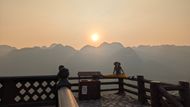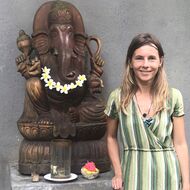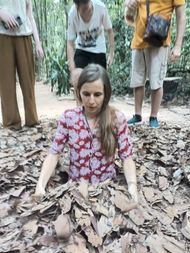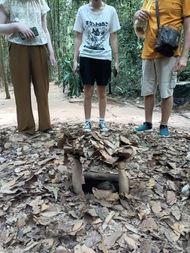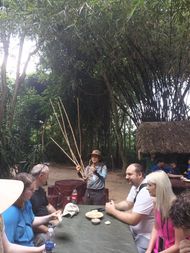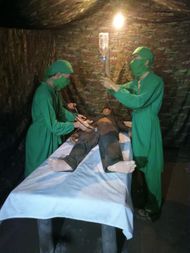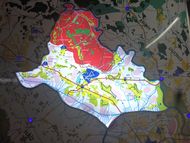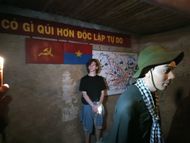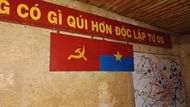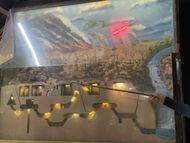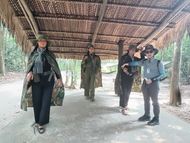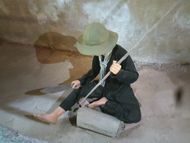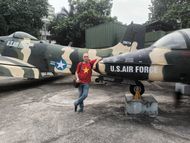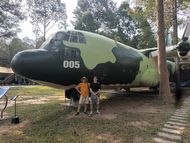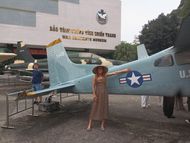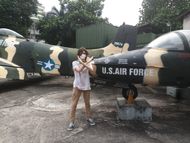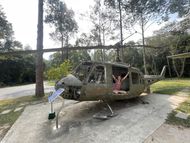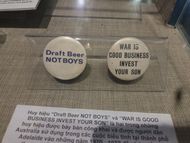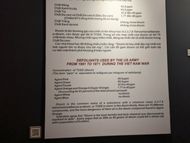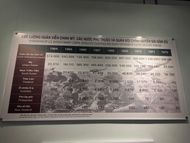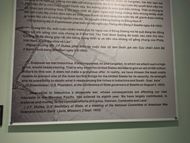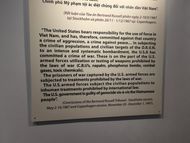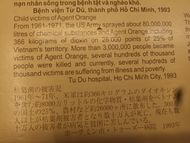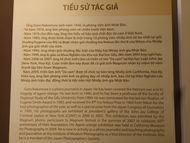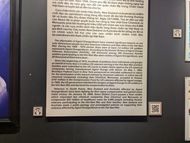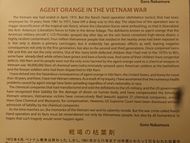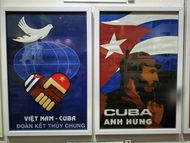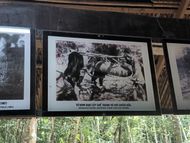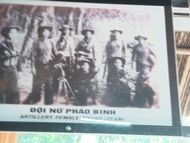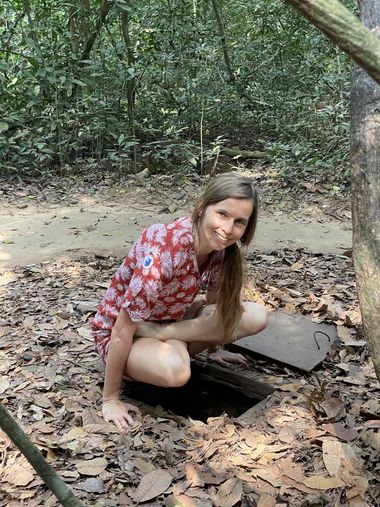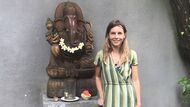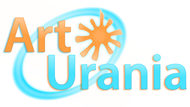Cu Chi Tunnels
Underground Part of Vietnam War
Cu Chi Tunnels is a complex system of underground labyrinths, passages and rooms dug by the Vietnamese, stretching up to 250 km into Cambodia, with three different levels of depth (3, 6 and 12-15 m). The tunnels amazed us with the creativity of engineering thought and the tenacity of the Vietnamese people, as well as the Viet Cong themselves – with their courage and efficiency. To dig something like this (!), to make a ventilation system and an exhaust hood out of bamboo 🎋, and to do it in such a way as to conceal the fact that the partisans live, study and cook underground. Around 40,000 people died during the construction of these tunnels from carpet bombing and disease. People dug them at night, working in the fields during the day. They joined the tunnels by intuition simply by digging towards each other. There were schools, hospitals and even special bunkers – the people of Viet Cong immersed a damaged tank into the ground to make a reinforced underground space out of its hull, where children and leaders of the resistance would take shelter. They installed an electric generator on the bike and someone would always pedal🚴♂️, producing electricity. The guerrillas have three rules: no traces 👣, no sound, no smoke. Through these tunnels, people could get to the Mekong River, and from there they could sail to Cambodia, or they had to make their way through the tunnels all the way to the border. I asked how long it would take the refugees to get to Cambodia (around 30 km), thinking it might be a week or two, but the guide replied it could be less than a day. However, the closer they got to Cambodia, the deeper and narrower the tunnels became and the less air people could get, so they’d faint. In the narrowest of them a person can only crawl.
Some of the tunnels were deliberately inundated, because the water prevented the ingress of poisonous gases, while in others the entrance was built below the water level so that only partisans knew how to get in. Sometimes such tunnels were intentionally made blind, so that if the “tunnel rat”🐀 (the American soldier comparable in build to a Vietnamese or a small-scale foreign mercenary) tried to swim through, there would not be enough air to get back; the guerrillas also could “meet” him at the other end. Doctors also have to pass through these tunnels, and there were only 20 of them for the 30,000 people. Those “tunnel rats”, who managed to get into the underground passages, not knowing them, in complete darkness retreated in the dark to a corner holding on to the walls – where traps were set with bamboo stakes or metal rods, poisoned with bad urine and cow’s faeces🙄🙃. In the video, the guide explains that the sandals were made from an old American tyre casings (and therefore they were very durable). In the tunnels, the partisans wore them not only on their feet, but also on their arms; on the outside – backwards, confusing the tracks, as if the Viet Cong people were walking in the opposite direction🐾. It has to be said that the Vietnamese used what was at hand, i.e. they adapted a lot of American “fly-in” to their own needs – for example, they made the same traps from the metal filling of disassembled bombs, and not just from bamboo. There are a lot of documentary photos in the Cu Chi Museum: of women from the resistance, Viet Cong people and of farmers who helped. To the women’s they were the only ones who could stand the smell of sewage being carried out of the tunnels in bullet boxes! There were a few photos we remembered pretty well. One was of the young couple with a new-born baby who had to take the baby out because there was not enough air in the tunnels. Unfortunately, they were bombed on one of these walks; and also, the photo of an American soldier who tried to save a child, but was shot by his own commander.
The anti-communist coalition led by the US and including Australia, New Zealand, South Korea, Thailand and the Philippines, created a veritable hell there, exterminating people the way that some people poison rats or cockroaches, sending in their own soldiers and using chemical weapons (Agent Orange and Agent Purple). This terrible substance was used to burn the jungle, destroying nature and all living things, but, as it turned out, it caused not only terrible chemical burns and deformities, but also mutations up to the third generation, worse than the consequences of an atomic bomb explosion, and these genetic mutations were observed not only in the Vietnamese, but also in the Americans themselves, their children and grandchildren. It was difficult to look at many photos of the exposition of the War Museum in Ho Chi Min; so my daughter and I went to the hall with pictures of children who were waiting for their fathers from the War. Occasionally soldiers and ordinary people were not even aware that they have been exposed to these chemicals (!), but after a while even US military personnel had disabled children and grandchildren, which continued into the 2000s. Although many USA veterans received some compensations from their government years later, it was different for the Vietnamese people. But now the US government is helping the Vietnamese with the cleaning of their jungle.
We liked the fact that at the Ho Chi Minh War Museum and the Cu Chi tunnels, the Vietnamese focus on American soldiers who were shot by their commanders for trying to rescue children, women or elderly civilians, and also on those who actively protested against the US aggression in Vietnam. The museum contains photographs of Americans who opposed the war: those who burned themselves alive, those who were imprisoned or were shot during demonstrations. All the major concerns “tried their best” in this war, producing phosphorus bombs, Agent Purple and Agent Orange, the main component of which is dioxin – the most dangerous of all known chemicals (defoliants), banned by the Geneva Convention. We all know about fascist genocide, but in Vietnam it was even worse 😪 https://en.wikipedia.org/wiki/Environmental_impact_of_the_Vietnam_War
As a student, the author once visited the Adzhimushkay quarries in the Crimea, which also left sad and complex memories. In the Cu Chi tunnels, everything is much bigger, but it is better that the Viet Cong still managed to do what they failed to do in Adzhimushkay, but they would not have succeeded without the peasants who regularly brought food and told the latest news: the strength of the Vietnamese people was in unity and mutual assistance! The Vietnamese still remember and appreciate the help of the USSR in their unequal struggle against American imperialism.
We are grateful to our guide Ben in Saigon (+84777531640) for such an insightful and informative tour!
